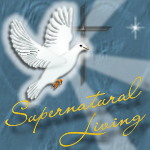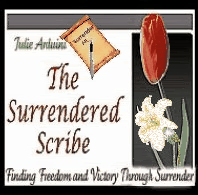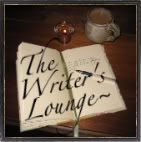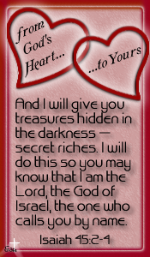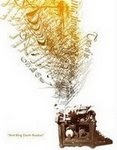
Eyewitness - The Life of Christ Told in One Story offers a unique perspective about the life of Christ. Because the author has taken years to painstakingly compile and compare the four gospels to create one single storyline, Jesus' life unfolds in a new and intriquing way!
As a Christian storyteller, I'm going to use this book as a resource for developing some of my characters. As a Christian writer and speaker, this book serves as a remarkable reference!
Please take the time to read the interview with the author, Frank Ball:
1. The gospel stories have existed for some two thousand years. Why put them chronologically together now?Nine out of ten Americans own a Bible, but the people who most need to hear the message don’t often read the book. They believe Scripture is outdated and too difficult to understand. Would they read the story of Christ if it were presented as a single story that is easy to understand? Most of them say they would, so Eyewitness answers that need.
2. Why do the Gospels appear to have conflicting stories?
At a crime scene, eyewitnesses always have different testimonies about what happened. Because each gospel writer had his own point of view and spoke to a different audience, the information is actually complementary, not conflicting. The apparent conflicts disappear when we use each viewpoint to compile a complete and compelling story.
3. How was writing and recording events different two thousand years ago?
We now use a computer keyboard to rapidly type and edit text that prints on our laser printers. In the first century, writers had only their parchment scrolls in which every word was hand written, one character at a time. Cut-and-paste editing and simple rearrangement of details into chronological order didn’t exist. Writers naturally put down information as it came to mind, giving us a flow of thought that isn’t always in date sequence.
4. What is the significance of John’s gospel being the last one written?
If John were to introduce his book to us today, he might say, “Let me tell you the rest of the story.” There wasn’t much need to repeat what had already been written, so he gives us clarification of events that were already being told and retold, as well as eyewitness reports that are found nowhere else. Unlike the other writers, who were not always chronological, John unfolds most of his story in date sequence in relation to the Jewish feasts. This gives us a chronological guide for putting all the biblical information in order.
5. In what way do you think the readers of Eyewitness will have a clearer understanding of the nature of God?
Jesus said, “Anyone who has seen me has seen the Father.” If we can see what Jesus is doing and hear what he is saying, we become eyewitness of God’s nature. Because the words in Eyewitness are more like what we would read in a novel, readers are able to visualize themselves as present at the gospel events. It’s the next best thing to actually being there, walking with the other disciples.
6. How many different Bible translations were necessary to complete this project?
Hundreds of scholars have invested countless hours in the production of good translations. In the development of an easy-to-read wording for Eyewitness, translators’ handbooks and more than fifteen popular translations, as well as the Greek and Hebrew texts, were considered.
7. Is the Bible flawed in presenting the life of Christ in four separate books?
No, not at all. Each author’s report has its own perspective and meets a different audience need. Matthew points to the fulfillment of ancient prophecies to prove Jesus was the Son of God. Mark, the shortest of the Gospels, is the quickest to read. Luke, being a physician, gives many important details. And John adds clarity, chronology, and new information. Eyewitness was written for those who don’t read the Bible and for people who are helped by seeing how the story unfolded, chronologically.
8. Why do you think Eyewitness appeals to people who seldom attend church?
Even professed atheists and agnostics have questions about the meaning of life and what happens after we die. Eyewitness isn’t a book of difficult-to-understand rules that threatens punishment if we don’t do everything exactly right. The life of Christ is presented in a way so people can easily understand the value of loving our enemies and helping people in need.
 Where can we find out more or purchase a copy of Eyewitness? Please feel free to visit my web site at www.eyewitnesstools.com.
Where can we find out more or purchase a copy of Eyewitness? Please feel free to visit my web site at www.eyewitnesstools.com. Frank, thank you so much for allowing me to host you on the blog tour! I thoroughly enjoyed you book!
Find out how to have Frank speak for your group, church or writer’s conference: CLICK HERE.
Would you like to win a copy for Frank’s book? Leave a comment to be entered in a drawing for a free copy of Eyewitness – The Life of Christ Told In One Story.














